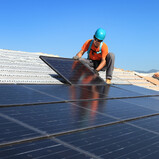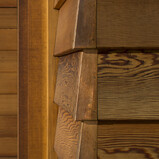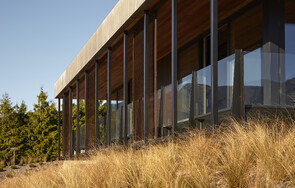What Is Building Sustainability?
A lighter environmental footprint, now and in the future
A sustainable building is one that has low environmental impact, and not just now, but also for years to come. As we design a new building we think of sustainability in three main areas.
Net Zero Energy Target
Energy modelling which enables a minimum lifetime energy use, and is ready to be net zero or generating more power than it uses.
Materials and Waste
The materials we use and the way in which we dispose of them is a big part of being sustainable. Where possible we opt for
- Materials that preferably have a low embodied energy, or can sequester carbon.
- Materials that will stand the test of time, and require little maintenance.
- The elimination of toxic materials from the built environment
- Diverting construction waste from landfill, and considering the end of life waste of the building
Health and Wellbeing
The health of the living system, people and buildings is considered at every point in the design process by always thinking about:
- Connection and play of light
- Connection to nature
- Connection to place
- Connection to green infrastructure: cycling/walking
- Ability to grow food
- Ability to recycle and save water
- Safe and uplifting environments
Build quality and design play huge roles sustainability, ensuring the buildings we create will continue to be comfortable, inspiring and usable for decades to come.
"We believe we are in a unique position where we have the opportunity to create a built legacy, which stands the test of time, and has fundamentally changed the way buildings are designed and constructed in New Zealand. It is our desire to create beauty and to set a new standard, in order to create a significant difference to the quality of people’s lives, and our environment"
Sian Taylor
What does that mean for you?
Sustainability is about analysing every decision, to create something that will stand the test of time. That isn’t just the right thing to do – it means you’re leaving a legacy to pass down the generations. Because for a building to be sustainable, it must be designed with true functionality and flexibility, so it remains useful into the future. It must also reflect its place, site and context, so that it holds its beauty and remains relevant for future generations.
Better for you
A sustainable building is inherently uplifting, warmer and dryer, avoiding the damp and mould that can make you unwell and uncomfortable.
Better for your bank account
A sustainable building is cheaper to run so places less demand on our energy consumption. And as energy prices increase, over time sustainable buildings will become more valuable.
Better for the environment
Sustainability is all about having a lighter environmental impact, and a truly sustainable building will contribute to, rather than take away from it's environment.
Sustainability in your designs
While we have minimum standards that offer huge benefits, we would love to do more, but this is up to you. We create a cost/benefit report that supplies you with all the information you need to make the right choices for you.
We also offer independently verified building ratings from Passive House, NZ Green Build Council or Living Building Challenge.










